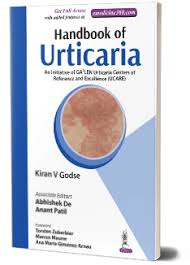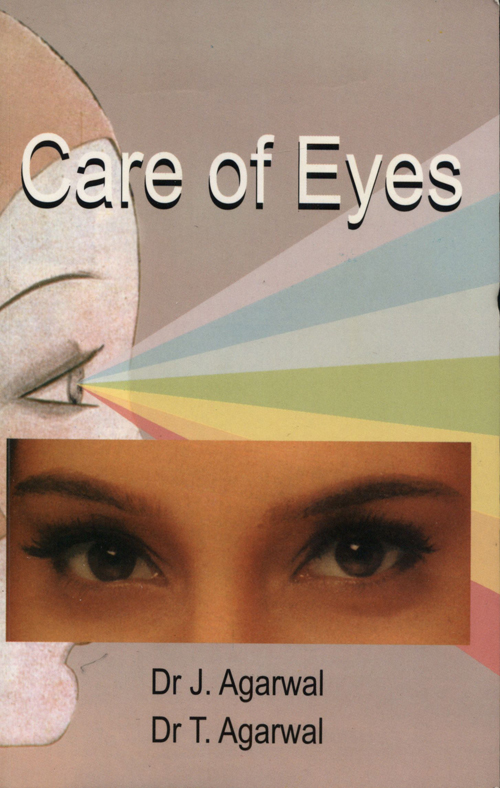Handbook of Urticaria
Availability :
In Stock
₹ 1,402.50
M.R.P.:₹ 1650
You
Save: ₹247.50 (15.00% OFF)
(Inclusive
of all taxes)
Delivery:
₹ 0.00 Delivery charge
Author:
Kiran V Godse
Publisher:
Jaypee Brothers Medical Publishers
Edition:
First Edition
ISBN-13:
9789354650260
Publishing Year:
2022
No. of Pages:
142
Weight:
500 grams
Language:
English
Book Binding:
Paperback











